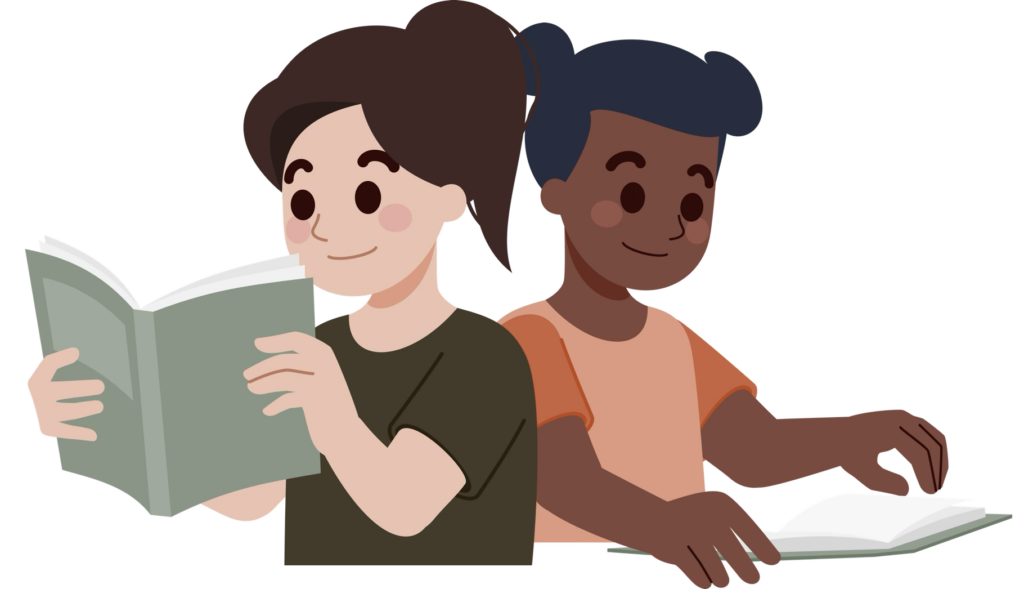WHAT IS DYSLEXIA?
Defined by the International Dyslexia Association (IDA)
 Dyslexia is a specific learning disability that is neurological in origin. It is characterized by difficulties with accurate and/or fluent word recognition and by poor spelling and decoding abilities. These difficulties typically result from a deficit in the phonological component of language that is often unexpected in relation to other cognitive abilities and the provision of effective classroom instruction. Secondary consequences may include problems in reading comprehension and reduced reading experience that can impede the growth of vocabulary and background knowledge. Adopted by the IDA Board of Directors, November 2, 2002.
Dyslexia is a specific learning disability that is neurological in origin. It is characterized by difficulties with accurate and/or fluent word recognition and by poor spelling and decoding abilities. These difficulties typically result from a deficit in the phonological component of language that is often unexpected in relation to other cognitive abilities and the provision of effective classroom instruction. Secondary consequences may include problems in reading comprehension and reduced reading experience that can impede the growth of vocabulary and background knowledge. Adopted by the IDA Board of Directors, November 2, 2002.
Dyslexia is not a disease! The word “dyslexia” comes from the Green language and means “poor language.” Individuals with dyslexia have trouble with reading, writing, spelling, and/or math even though they have the ability and have had the opportunities to learn but still cannot read (or read on grade level). Individuals with dyslexia can learn; they just learn in a different way. Often these individuals, who have talented and productive minds, are said to have a language learning difference.
Does my child have dyslexia?
Individuals with dyslexia usually have several of the characteristics listed below. Everyone can probably check one or two of these characteristics. That does not mean that everyone has dyslexia. A person with dyslexia usually has several characteristics, which persist over time and interfere with his or her learning.
If they are having difficulties learning to read, and you have noted several of these characteristics in your child, he or she may need to be evaluated for dyslexia and/or a related disorder.
DIFFICULTY WITH ORAL LANGUAGE
- Late in learning to talk
- Difficulty acquiring vocabulary or using age-appropriate grammar
- Difficulty following directions
- Confusion with before/after, right/left, etc.
- Difficulty learning the alphabet, nursery rhymes, or songs
- Difficulty understanding concepts and relationships
- Difficulty with word retrieval or naming problems
Difficulty with written language
- Trouble putting ideas on paper
- Many spelling mistakes
- May do well on weekly spelling tests, but there are many spelling mistakes in daily work
- Difficulty in proofreading
Difficulty with reading
- Difficulty learning to read
- Difficulty identifying or generating rhyming words or counting syllables in words (Phonological Awareness)
- Difficulty with hearing and manipulating sounds in words (Phonemic Awareness)
- Distinguishing different sounds in words (Auditory Discrimination)
- Difficulty in learning the sounds of letters
- Difficulty remembering names and/or the order of letters when reading
- Misreads or omits common little words
- “Stumbles” through longer words
- Poor reading comprehension during oral or silent reading
- Slow, laborious oral reading
Difficulty with Organization
- Loses Papers
- Poor sense of time
- Forgets homework
- Messy desk
- Overwhelmed by too much input
- Works slowly
- Things are “out of sight out of mind”
Other Issues
- Difficulty naming colors, objects, and later (rapid naming)
- Needs to see or hear concepts many times in order to learn them
- Distracted by visual stimuli
- Downward trend in achievement test scores or school performance
- Work in school is inconsistent
- Teacher says, “If only she would try harder,” or “He’s Lazy”.
- Relatives may have similar problems
What Students with Dyslexia Need
 As many as one in five students have dyslexia. Undiagnosed or without special instruction, dyslexia can lead to frustration, school failure, and low self-esteem. The common myths about dyslexia are that dyslexics read backwards and reverse words and letters. While these characteristics may be part of the problem with some individuals, they are NOT the most common or important attributes.
As many as one in five students have dyslexia. Undiagnosed or without special instruction, dyslexia can lead to frustration, school failure, and low self-esteem. The common myths about dyslexia are that dyslexics read backwards and reverse words and letters. While these characteristics may be part of the problem with some individuals, they are NOT the most common or important attributes.
The National Institutes of Health (NIH) has declared the lack of ability to read to be a public health issue. According to Dr. Reid Lyon of the NIH, only 10% of U.S. teachers receive appropriate training to teach reading to students at risk for reading failure.
Although individuals with dyslexia learn differently, they can be taught to read, write, and spell, if they are taught using an appropriate, scientifically based curriculum. Instruction for children with dyslexia should be explicit, systematic, cumulative, structured, and multisensory.
The National Reading Panel identified these four areas of instruction that are vital for all students learning to read. They are the following:
Area 1
PHONEMIC AWARENESS
Or simply the awareness of individual sounds in words and the ability to segment words into sounds and manipulate sounds in words.
Area 2
PHONICS & VOCABULARY
Instruction that teaches how letters correspond to sounds (use this knowledge in reading and spelling) as well as knowledge of word, meetings, and word learning strategies.
Area 3
FLUENCY
The speed, accuracy, and expression of oral reading.
Area 4
Comprehension
The interaction between reading and understanding of text
“Dyslexic students need a different approach to learning language from that employed in most classrooms. They need to be taught, slowly and thoroughly, the basic elements of their language-the sounds and the letters, which represent them-and how to put them together and take them apart. They have to have a lot of practice in having their writing hands, eyes, ears, and voices working together for the conscious organization and retention of their learning.”
– Margaret Byrd Rawson-Former President-International Dyslexia Association
Let’s Learn Together!
Please explore my website, and then, please, feel free to call or email me with your questions. I’m sure you will have many of them.
347.882.1074
eahendrixnyc@gmail.com
